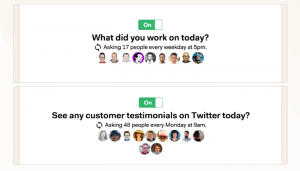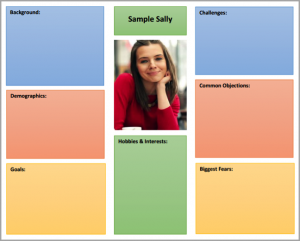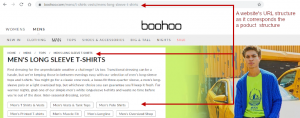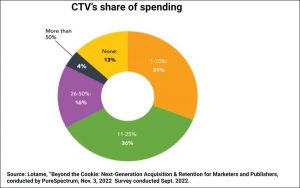Implement a CDP and use insight from customer experience to maneuver to more direct tactics.
Direct-to-consumer (D2C) marketing has taken a whole new turn in 2020 as brands seek to raise their digital game and grab the attention of consumers overwhelmed with marketing content. However, some believe that the implementation of a CDP can provide efficient ways to improve your D2C game.
The promise of a CDP is a deep look into the customer journey, identifying audiences across channels and constantly evaluating their behavior. That’s the advice Nicole Rothman, Director of Acquisition Marketing at National Debt Relief, gave at MarTech, after a successful implementation of Treasure Data, an enterprise CDP.
“Some people may think that a CDP can be very redundant to their CRM,” said Rothman. “But anyone who has a CDP, or has access to one, knows that the magic that actually goes into discovery of an audience from their first party data, then you have the ability to activate that specific audience to certain platforms and watch it go from there. And that is truly just scratching the surface.”
Rothman continued: “Before [implementing] a CDP we weren’t really utilizing our own visibility into the customer journey,” said Rothman, “which gave us a lot of issues with delivering a fluid brand experience.”
Visibility into the journey
The lack of insight into the customer journey led to National Debt Relief implementing widely distributed “spray and pray” campaigns with high acquisition costs. Said Rothman, they needed to optimize audience targeting using first and third party data. “You want to make sure you are targeting the right person on an individual level,” said Rothman. “But also pinpoint the right way to prospect a group of people.”
Those customer profiles should go through deep data analysis to determine relevancy, and new D2C campaigns should strictly follow branding guidelines. Branding guidelines may need to be changed based on what is identified during the customer experience. Certain elements of the brand may need to be emphasized or changed to target demographics that are more receptive and responsive in the customer experience.
Adapting to the audience
Once the customer experience is reviewed, and the proper branding guidelines are put in place, establishing outreach to the proper audience can begin.
“By extracting customer insight you want to identify the audiences that mean the most,” said Rothman. “Then you can create segmentation that has a clear and intense outcome.”
The goal of audience outreach is to grow the bottom line, including leveraging third party data enrichment to improve lookalike modeling.
Once target audiences are established, advanced personalization can be possible. This should result in social media spend, for example, that is outreach-driven by identified audience, instead of based on guesswork.
“When higher lead acquisition efficiency is happening across the board, it enriches future audiences and strategies of where to go next,” said Rothman. “You will see the benefits day in and day out. We’re seeing the benefits already, and it hasn’t even been a year.”
Marketing Land – Internet Marketing News, Strategies & Tips
(10)
Report Post








